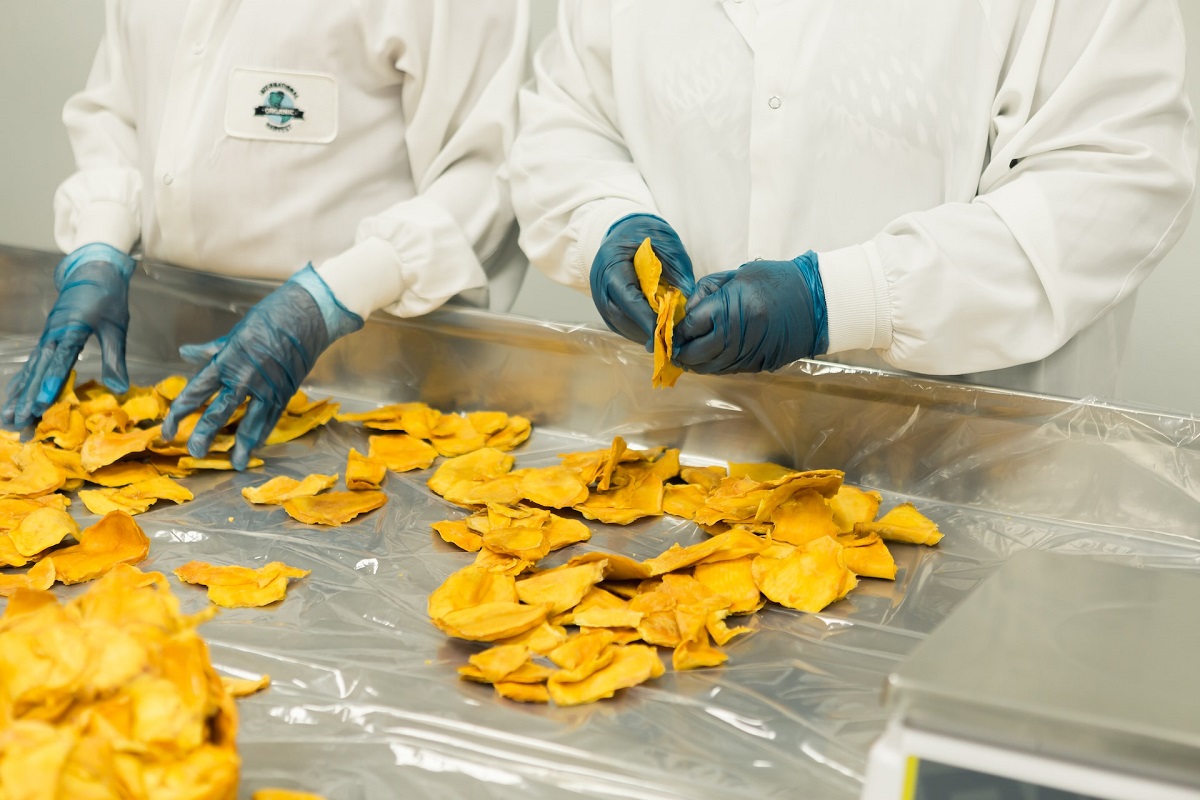Heat exchangers are becoming increasingly important in the food production industry, providing a way to maintain the safety and quality of food products while also streamlining the production process. From reducing energy costs to improving product quality, heat exchangers provide a wealth of benefits for food producers. This article will explore the many advantages of heat exchangers in food processing.
Increased Efficiency
Heat exchangers are often used in food processing operations to improve the efficiency of the process. In a typical application, the heat exchanger is used to heat or cool the product as it passes through the system. This allows the processor to use less energy to get the product to the desired temperature. There are a number of different types of heat exchangers that can be used in food processing. The most common type is the plate heat exchanger. This type of exchanger is made up of a series of plates that are spaced a few inches apart. The product flows between the plates, and the heat is transferred from one plate to the next. Another type of heat exchanger that is often used in food processing is the shell and tube exchanger. This type of exchanger consists of a series of tubes that are surrounded by a shell. The product flows through the tubes, and the heat is transferred from the tubes to the shell.
Improved Product Quality
Heat exchangers are devices used to transfer heat from one fluid to another. The two fluids may be in contact with each other, or one may be in contact with a solid metal surface that the other fluid flows past. One of the main benefits of using a heat exchanger in a food processing operation is that it can improve product quality. The heat exchanger can be used to heat or cool the product, depending on the needs of the operation. Heating the product can help kill any bacteria that may be present while cooling the product can help extend its shelf life.
For example, Diesel Exhaust Fluid (DEF) is a key ingredient in keeping diesel engines clean and efficient, but it has a limited shelf life due to its chemical composition. By using heat exchangers during the production process, DEF can be cooled quickly and effectively, preserving its quality and prolonging its shelf life. To prevent DEF from freezing during colder months, heat exchangers can also be used to warm the product and maintain its effectiveness. The food industry, in return, can benefit from this technology ensuring the freshness and safety of their products.
Reduced Energy Costs
There are various types of heat exchangers that can be used in food processing operations in order to reduce energy costs for manufacturers. Some of the most common types of heat exchangers that are used in these types of applications include plate heat exchangers, shell and tube heat exchangers, and air-cooled heat exchangers. Heating or cooling the product using a heat exchanger can be more energy efficient than using an electric heater or a refrigeration unit. This is because the heat exchanger can use the heat or cold from the product itself to generate the heat or cold needed to process the product.
Increased Capacity

Food processors are always looking for ways to increase their production capacity without having to invest in new equipment or expand their plant footprint. One way to do this is by using heat exchangers to increase the thermal efficiency of your processing operation. Heat exchangers are devices that use a working fluid to transfer heat between two other fluids. They can be used to heat or cool a process, or to recover heat from a process. In a food processing operation, a heat exchanger can be used to preheat or precool the incoming or outgoing air stream, which can increase the thermal efficiency of the plant, thus increasing its production capacity.
Overall, heat exchangers are essential elements in food processing, providing efficient heat transfer and helping to control the temperature and quality of the product. This can help to maximize product yield, reduce energy costs, and minimize product losses. Altogether, heat exchangers are a vital tool for ensuring that food processing is both efficient and cost-effective.
